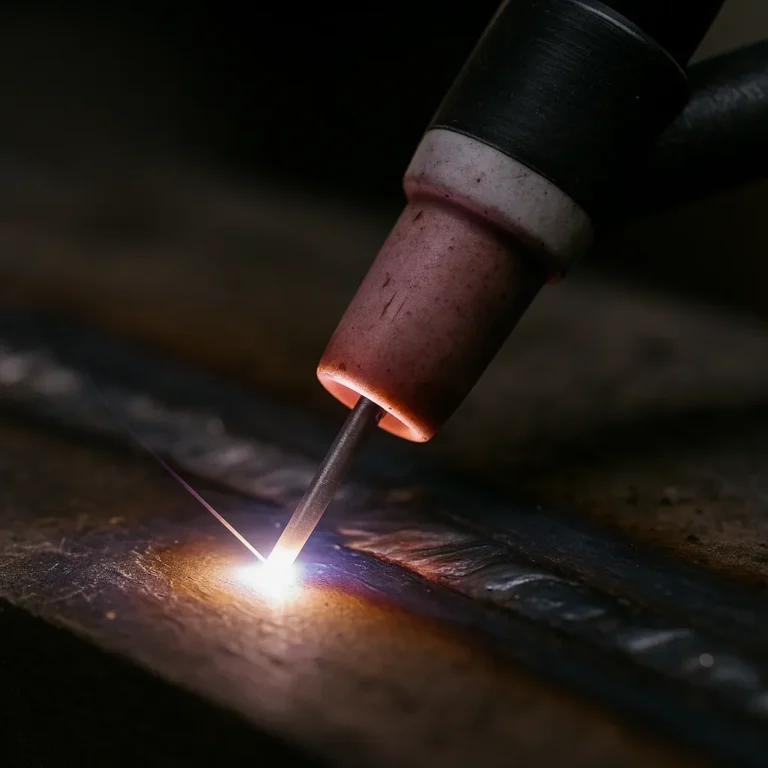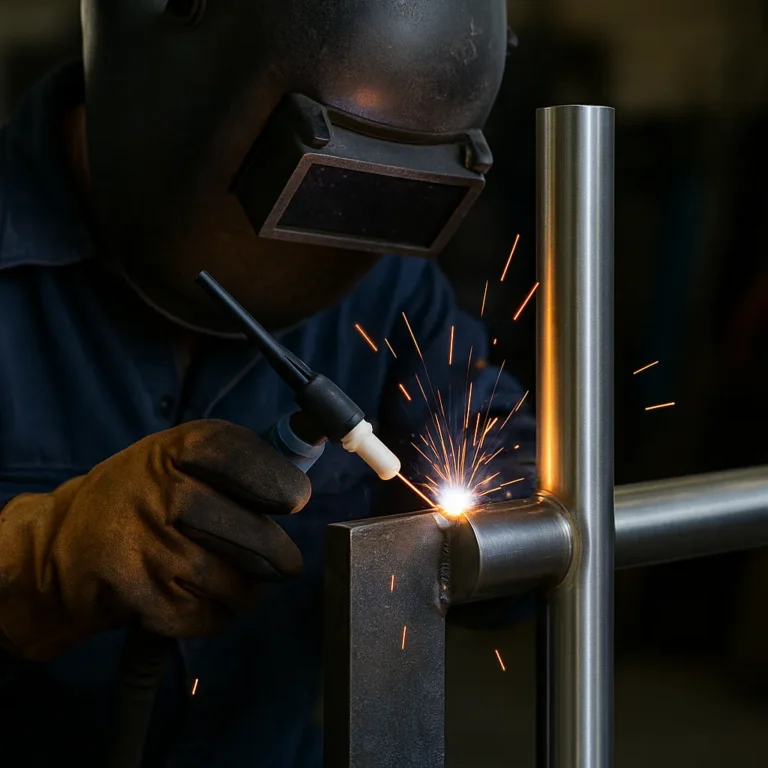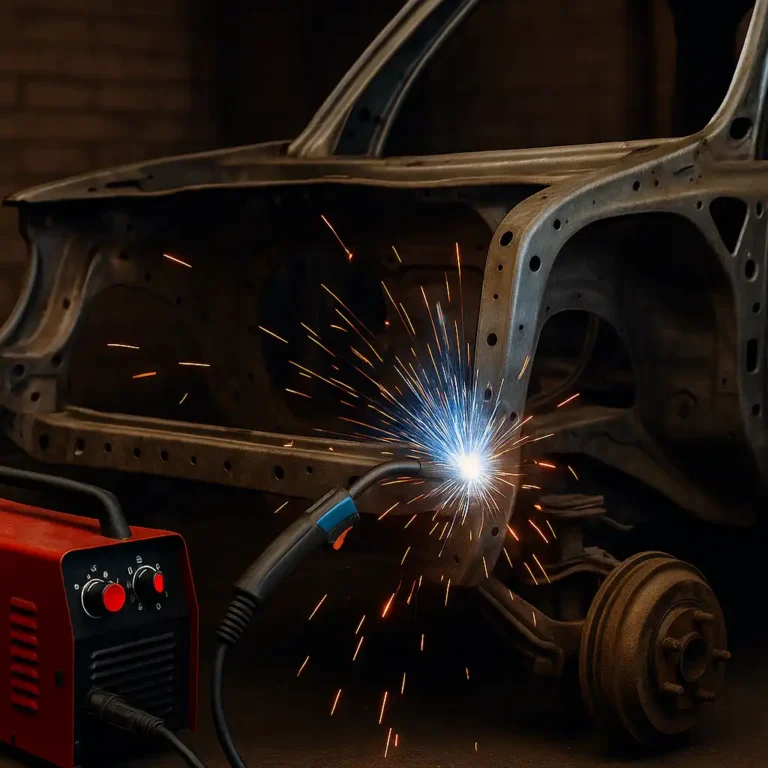6061 T6 Aluminum vs 7075: Choosing the Right Alloy for Your Project

Disclosure: This post contains affiliate links. As an Amazon Associate, I earn from qualifying purchases—at no extra cost to you.
When it comes to selecting the right aluminum alloy for structural or fabrication projects, two of the most widely used options are 6061 T6 and 7075. Both offer unique mechanical properties, making them ideal for different applications. Whether you’re building frames, aircraft parts, or welding-intensive components, understanding the differences between these two alloys can help you make a more informed decision.
Mechanical Properties and Strength
6061 T6 aluminum is known for its balanced combination of strength, corrosion resistance, and workability. It has a tensile strength of around 45,000 psi and is often used in structural applications where moderate strength is sufficient. The alloy also welds easily, which makes it popular in construction and DIY fabrication.
7075 aluminum, on the other hand, is a high-strength alloy with a tensile strength exceeding 83,000 psi. It’s primarily used in aerospace, military, and high-performance automotive industries where strength is critical. However, it is less weldable than 6061 and more prone to corrosion if not properly treated.
Corrosion Resistance and Durability
Both alloys contain magnesium, which contributes to corrosion resistance, but 6061 T6 has a clear advantage in this category. Its chemical composition makes it highly resistant to environmental elements, making it suitable for outdoor structures and marine use.
7075 is more susceptible to stress corrosion cracking and requires additional protection, such as anodizing or coating, to be used in corrosive environments. Despite its strength, it’s not the best choice for applications exposed to saltwater or extreme humidity unless treated.
Workability and Machinability
6061 T6 is easier to machine, form, and weld, making it a favorite among fabricators and hobbyists. It can be anodized and finished with less difficulty, allowing for a variety of decorative and protective coatings.
7075 is harder and can be more challenging to work with. While it machines well, forming and bending it requires more effort and may result in cracking if not properly handled. It’s not recommended for projects that require a lot of welding or reshaping.
Cost and Availability
6061 T6 is more affordable and readily available in a variety of shapes and sizes. This makes it an economical choice for general use in structural frames, bike components, and automotive parts.
7075 is more expensive due to its superior strength and aerospace-grade properties. It’s not as commonly stocked in all sizes, which could result in longer lead times and higher overall project costs.
Conclusion
Choosing between 6061 T6 and 7075 aluminum depends on your project’s priorities. If you need an alloy that’s affordable, easy to weld, and corrosion-resistant, 6061 T6 is likely the better option. For applications where maximum strength and performance are non-negotiable, such as aerospace or racing, 7075 is the superior choice. Understanding their trade-offs ensures your project delivers both function and durability.






